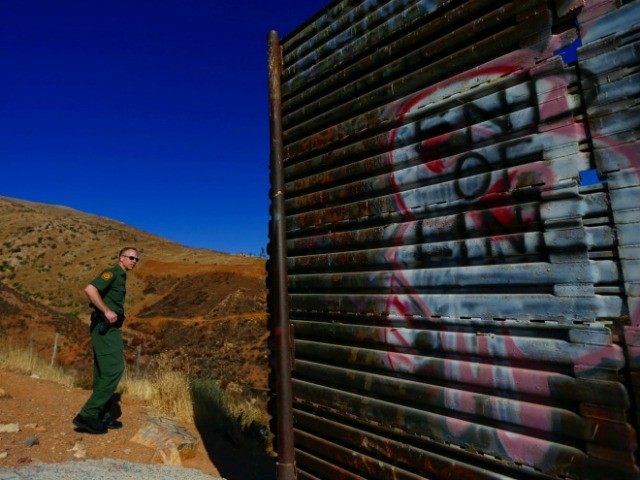The open-borders crowd has enlisted the help of the greens to stop a potential President Donald Trump’s wall. The title of a “news” article in the British science journal Nature says it all: “Trump’s border-wall pledge threatens delicate desert ecosystems.”
The Nature article frets that the 1,900-mile-long wall “would be a huge loss” by restricting the movement of wildlife between the U.S. and Mexico.
What will the bighorn sheep living on either side of the border do if their “cross-border connections” are blocked? What happens to the populations of jaguars, ocelots, and bears that are split up by the border? Black bears, re-established in West Texas during the 1990s, will be “at risk” if links with Mexican bears are cut. Rarely-flying or low-flying birds, like roadrunners and pygmy owls, “could also have trouble surmounting the wall.”
Meep-meep! Hold on a minute. Is this the end of the local ecosystem as we know it? No.
Yes, the wall will alter the local ecosystem to some degree — just like any and every construction project. Once construction is complete, however, a new ecosystem will develop and flourish. The new ecosystem will be as equally wonderful as the old ecosystem. It will just be different.
Believe it or not, local ecosystems have previously survived manmade walls. The Great Wall of China is about 13,000 miles long, at heights topping 25 feet. The Roman-built Hadrian’s Wall and Antonine Wall cut across Britain at heights reaching 20 feet. Then there are ecosystem-disrupting works like the Suez Canal, Panama Canal, the world’s great dams, and the systems of levees and dikes keeping New Orleans and the Netherlands above water. You can bet that draining the Maryland-Virginia marshes to build Washington D.C. changed that ecosystem. Ever been to Los Angeles or New York City? Talk about ecosystem disruption.
Even wind and solar farms change the ecosystem. Just ask any green activist who, despite the political correctness of wind and solar power, uses the federal court system to block such projects on the grounds that they will harm the ecosystem — where “harm” is defined as “change.”
While there are no merits to the claim that the Trump Wall will hurt the local ecosystem to a greater degree than any other construction project, what there will be is a tortuous process to get it built.
Whatever part of the federal government is tasked with constructing the wall, it will be forced under current law to develop an “environmental impact statement” (EIS) as required by the ill-conceived and often-abused National Environmental Policy Act of 1969 — think Keystone XL pipeline. NEPA requires the government to produce an EIS virtually any time government action will affect the environment. The law empowers greens to block projects interminably based on the flimsiest of junk science-fueled arguments — like those offered in the Nature article against Trump’s wall.
If the Trump Wall is to be built in our lifetime, a President Trump and Republican-controlled Congress will have to enact wall-enabling legislation that overrides the NEPA and the ridiculous EIS requirement.
Our porous border has facilitated much law-breaking and danger — from illegal immigration to drug smuggling — for which all of us pay a heavy price in terms of tax dollars, local safety, and national security. We will all be richer and safer to the extent that the Trump Wall can help reduce the costs associated with these problems.
And since wealthier societies tend to be cleaner and have the best environmental protection, the Trump Wall would actually be a boon to the environment. And that is what the greens care about, right?
Steve Milloy publishes JunkScience.com.

COMMENTS
Please let us know if you're having issues with commenting.